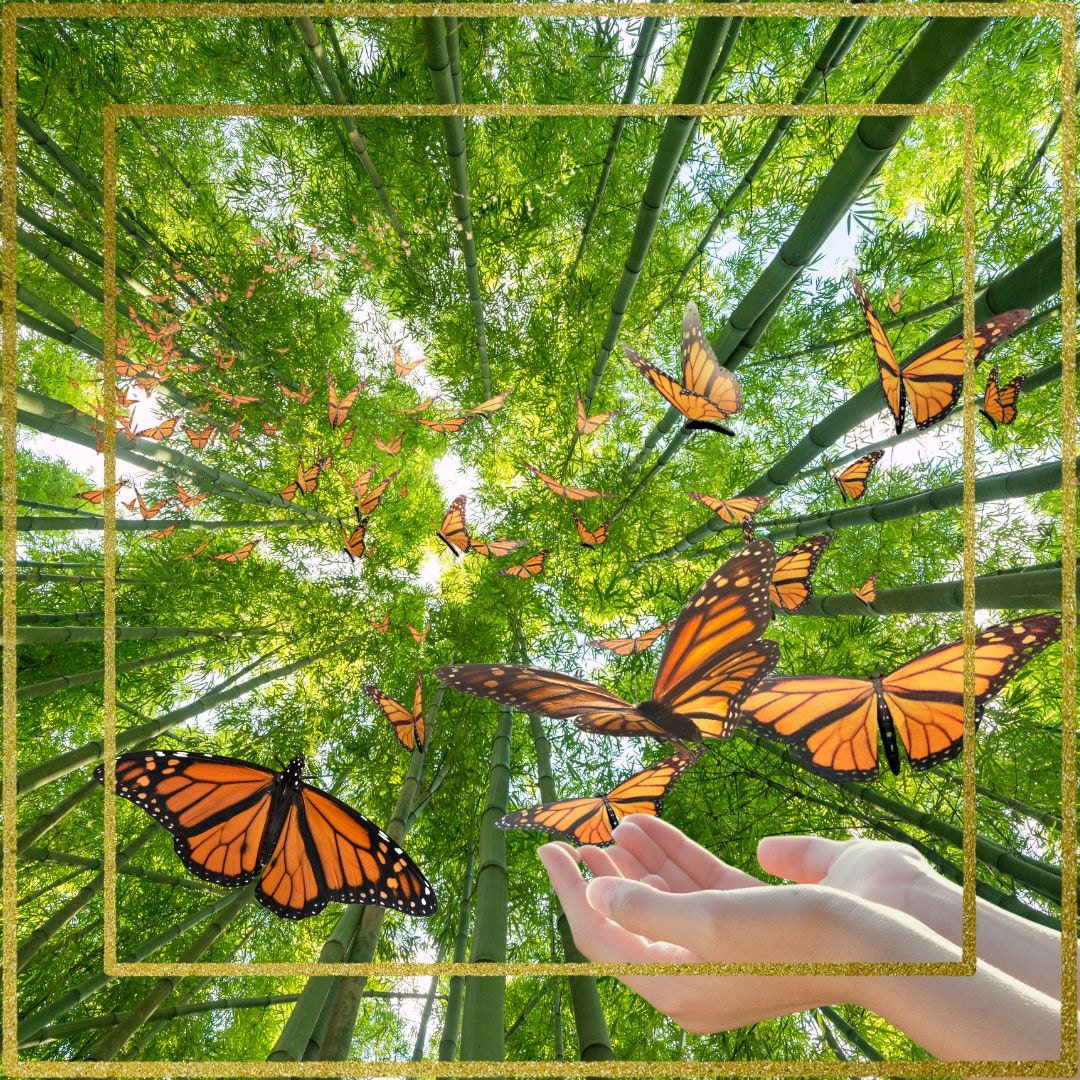
The Healing Power of Love and Forgiveness: How Healing Ourselves Can Heal the World
In a world that often feels fractured by pain, misunderstanding, and generational trauma, the quiet, radical acts of love and forgiveness become beacons of hope. They are not just lofty ideals found in poetry or philosophy—they are transformative forces backed by science, rooted in the wisdom of nature, and essential to our healing and the healing of our communities.
Forgiveness, when practiced with compassion and authenticity, is not about forgetting or condoning harm. Instead, it is the courageous choice to let go of resentment, to reclaim our energy, and to open the door to peace. It is one of the most powerful expressions of self-love and an essential key to healing trauma.
The Neuroscience of Forgiveness and Healing
From a neuroscience perspective, holding onto anger and resentment activates the amygdala, the brain’s threat detector. This keeps the nervous system in a state of hyperarousal—fight, flight, or freeze. Chronic stress of this kind can lead to long-term health consequences, including inflammation, weakened immunity, anxiety, and depression (McEwen, 2007).
Forgiveness, on the other hand, shifts brain activity toward the prefrontal cortex, the area responsible for empathy, problem-solving, and emotional regulation (Ricard, 2015). Practicing forgiveness has been shown to reduce cortisol levels, improve heart health, and enhance overall well-being. It essentially allows the nervous system to return to a state of safety—the foundation for true healing.
Trauma, Self-Love, and the Inner Journey
Many of us carry trauma—both personal and ancestral—that colors how we see ourselves and the world. Trauma often whispers the lie that we are broken, unworthy, or incapable of love. But self-love is the act of gently rewriting that narrative. It is the daily, intentional choice to speak kindly to ourselves, to set boundaries, and to believe we are worthy of peace.
Forgiving ourselves is a deeply powerful step in healing trauma. It helps dissolve shame—a core component of traumatic wounding—and invites us to integrate our experiences with compassion instead of judgment. As we heal ourselves, we naturally model what healing looks like to others.
Nature’s Lesson: Harmony Through Renewal
In nature, every system depends on balance and renewal. When fire scorches a forest, new growth emerges. When the seasons shift, the earth knows how to rest, release, and begin again. This natural rhythm reminds us that forgiveness is not weakness—it is a natural part of growth.
Just like rivers flow over stone to smooth away sharp edges, love and forgiveness smooth the hardness that trauma leaves behind. They help us realign with the harmony that nature reflects back to us in every sunrise and changing tide.
Healing Ourselves to Heal the World
When we forgive ourselves and others, we begin to break cycles of pain that have echoed through families, communities, and cultures for generations. Healing is never just personal—it is collective. Every act of self-love ripples outward. When we show up with compassion, we make it safer for others to do the same.
The psychologist Carl Jung said, “The privilege of a lifetime is to become who you truly are.” Forgiveness and self-love make this possible. As we reclaim our wholeness, we create space for a more peaceful, just, and loving world.
Imagine communities where forgiveness replaces revenge, where compassion overrides judgment, where healing becomes the foundation of justice. This vision starts with each of us—tending to our hearts, honoring our pain, and choosing love, again and again.

Practices for Love and Forgiveness
Here are a few gentle ways to begin:
- Inner Child Work: Sit with the younger version of yourself. Offer them compassion, protection, and forgiveness.
- Loving-Kindness Meditation: Practice sending love to yourself, to those you love, to neutral people, and to those who have hurt you. Neuroscience shows this increases empathy and reduces negative emotional reactivity (Hutcherson et al., 2008).
Journaling Prompts:
- What am I ready to forgive myself for?
- Who do I need to forgive in order to feel free?
- What would love do in this situation?
Nature Connection:
Spend time in nature and observe its cycles. Let it remind you that letting go is part of life.

A Better World Begins Within
Peace is not a distant ideal—it is something we cultivate within. And the more we choose love and forgiveness over fear and retribution, the more we contribute to a world where all people can feel safe, valued, and whole.
As we heal, we give others permission to do the same. This is the power of love. This is the miracle of forgiveness.
You Don’t Have to Do It Alone
Forgiveness is a journey—sometimes slow, sometimes messy, always sacred. It asks us to meet ourselves with tenderness and to believe that healing is not only possible but inevitable when love leads the way.
If you’re ready to deepen your healing, rewrite old stories, and step into a more peaceful, empowered version of yourself, I’m here to walk beside you.
Through MERAKI Eclectic Coaching, I offer heart-centered support rooted in neuroscience, mindfulness, and compassion. Together, we’ll explore self-love, release self-blame, and create space for joy and purpose to flourish. Because when you heal, the world feels it.
Let’s begin. https://paperbell.me/vichelle-mixon-1
With Love,
Vichelle
Works Cited
Hutcherson, C. A., Seppala, E. M., & Gross, J. J. (2008). Loving-kindness meditation increases social connectedness. Emotion, 8(5), 720–724. https://doi.org/10.1037/a0013237
McEwen, B. S. (2007). Physiology and neurobiology of stress and adaptation: Central role of the brain. Physiological Reviews, 87(3), 873–904. https://doi.org/10.1152/physrev.00041.2006
Ricard, M. (2015). Altruism: The Power of Compassion to Change Yourself and the World. Little, Brown and Company.
